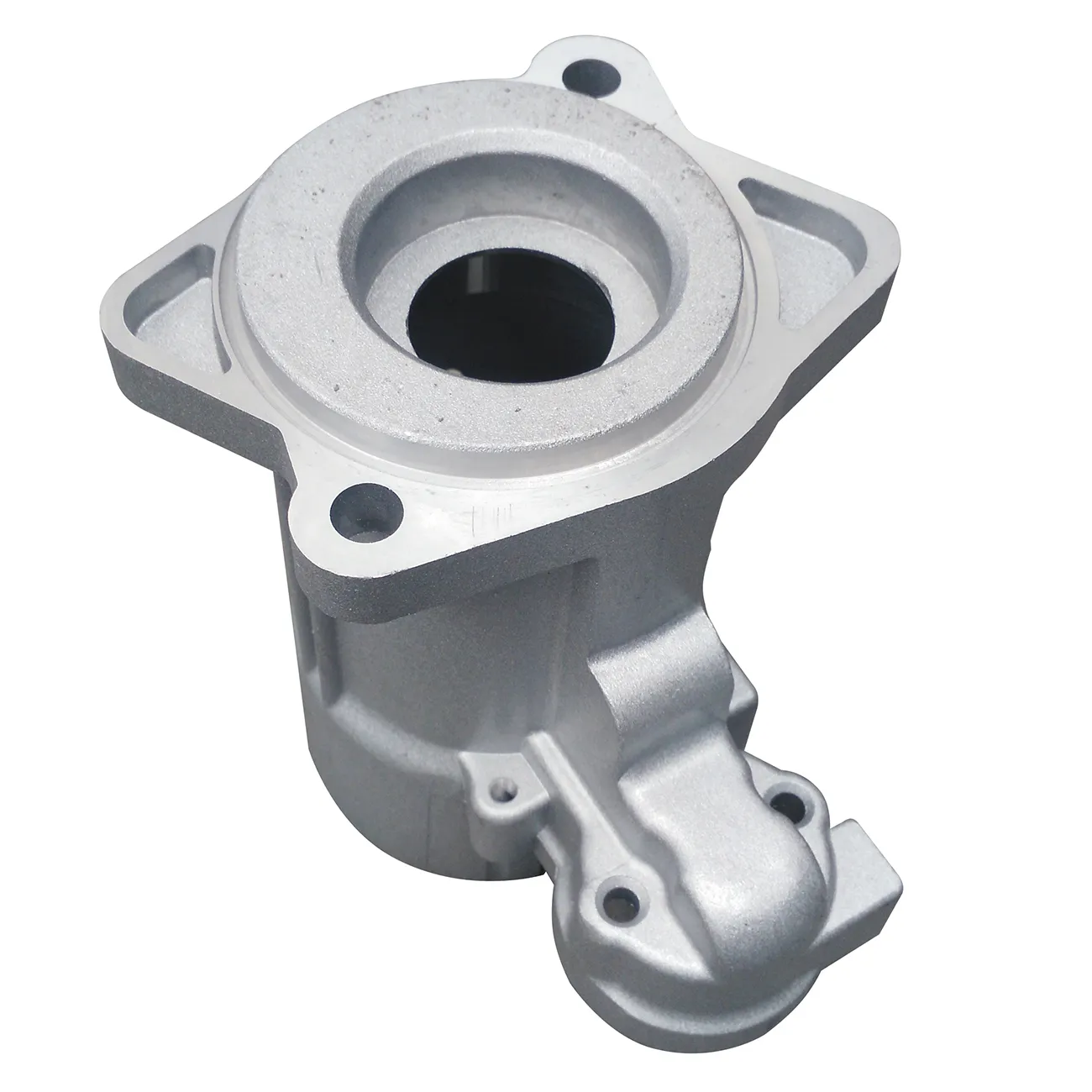Mobile:+86-311-808-126-83
Email:info@ydcastings.com
ls2 exhaust manifold
Understanding LS2 Exhaust Manifolds Performance and Functionality
The LS2 engine, a member of General Motors' LS family, is renowned for its performance and reliability. A key component that significantly affects the overall efficiency and output of this powerhouse is the exhaust manifold. Understanding the role of the LS2 exhaust manifold can help enthusiasts and car owners appreciate its importance, as well as how it can be upgraded for better performance.
What is an Exhaust Manifold?
An exhaust manifold is a crucial component of an engine's exhaust system. It is designed to collect exhaust gases from multiple cylinders and funnel them into a single outlet, which eventually leads to the exhaust pipe. The primary function of the exhaust manifold is to ensure that exhaust gases exit the engine efficiently, which not only improves engine performance but also reduces emissions. In the context of the LS2 engine, the design and material of the exhaust manifold play a significant role in overall performance.
LS2 Exhaust Manifold Design
The stock LS2 exhaust manifold is fabricated from cast iron, which provides durability and longevity. However, the design is relatively restrictive, characterized by sharp bends and narrow passages that can hinder exhaust flow at higher RPMs. This restriction can lead to increased backpressure, reducing engine efficiency and performance. As a result, many LS2 enthusiasts opt for aftermarket solutions, often fabricated from stainless steel or other lightweight materials. These aftermarket exhaust manifolds feature smoother bends and larger diameter pipes, allowing for improved exhaust flow and, consequently, better engine performance.
Benefits of Upgrading the Exhaust Manifold
Upgrading the LS2 exhaust manifold can yield several performance benefits. One of the most notable advantages is increased horsepower and torque. By allowing exhaust gases to exit the engine more freely, an upgraded manifold can enhance engine efficiency at high RPM, resulting in improved power output. Additionally, with reduced backpressure, an upgraded manifold can improve throttle response, making the vehicle feel more responsive during acceleration.
ls2 exhaust manifold

Another benefit of aftermarket exhaust manifolds is the potential for weight reduction. Stock cast iron manifolds can be heavy, while many aftermarket options are constructed from lighter materials. This weight reduction can enhance overall vehicle dynamics, particularly in performance applications where every pound counts.
Installation Considerations
When considering an upgrade, it's essential to understand the installation process. While some may opt to install the new manifold themselves, it is advisable to seek professional assistance, especially for those unfamiliar with engine components. Proper installation is crucial to ensure that there are no leaks and that the manifold is correctly aligned with the rest of the exhaust system.
Sound and Aesthetics
In addition to performance enhancements, upgrading the LS2 exhaust manifold can also change the sound of the vehicle. Aftermarket manifolds often lead to a deeper, more aggressive exhaust note, which may be appealing to performance enthusiasts. Additionally, many aftermarket options come with polished finishes, adding a visually appealing aspect to the engine bay.
Conclusion
The LS2 exhaust manifold is a vital component that significantly influences engine performance and efficiency. While the stock manifolds provide a solid foundation, upgrading to aftermarket options can unlock further potential in terms of horsepower, torque, and response. With the added benefits of reduced weight and an enhanced exhaust note, many LS2 enthusiasts find that investing in a quality exhaust manifold upgrade is a worthwhile endeavor. Whether for daily driving or competitive racing, understanding the importance of the exhaust manifold can lead to improved vehicle performance and an exhilarating driving experience.
-
Why Should You Invest in Superior Pump Castings for Your Equipment?NewsJun.09,2025
-
Unlock Performance Potential with Stainless Impellers and Aluminum End CapsNewsJun.09,2025
-
Revolutionize Your Machinery with Superior Cast Iron and Aluminum ComponentsNewsJun.09,2025
-
Revolutionize Fluid Dynamics with Premium Pump ComponentsNewsJun.09,2025
-
Optimizing Industrial Systems with Essential Valve ComponentsNewsJun.09,2025
-
Elevate Grid Efficiency with High-Precision Power CastingsNewsJun.09,2025











